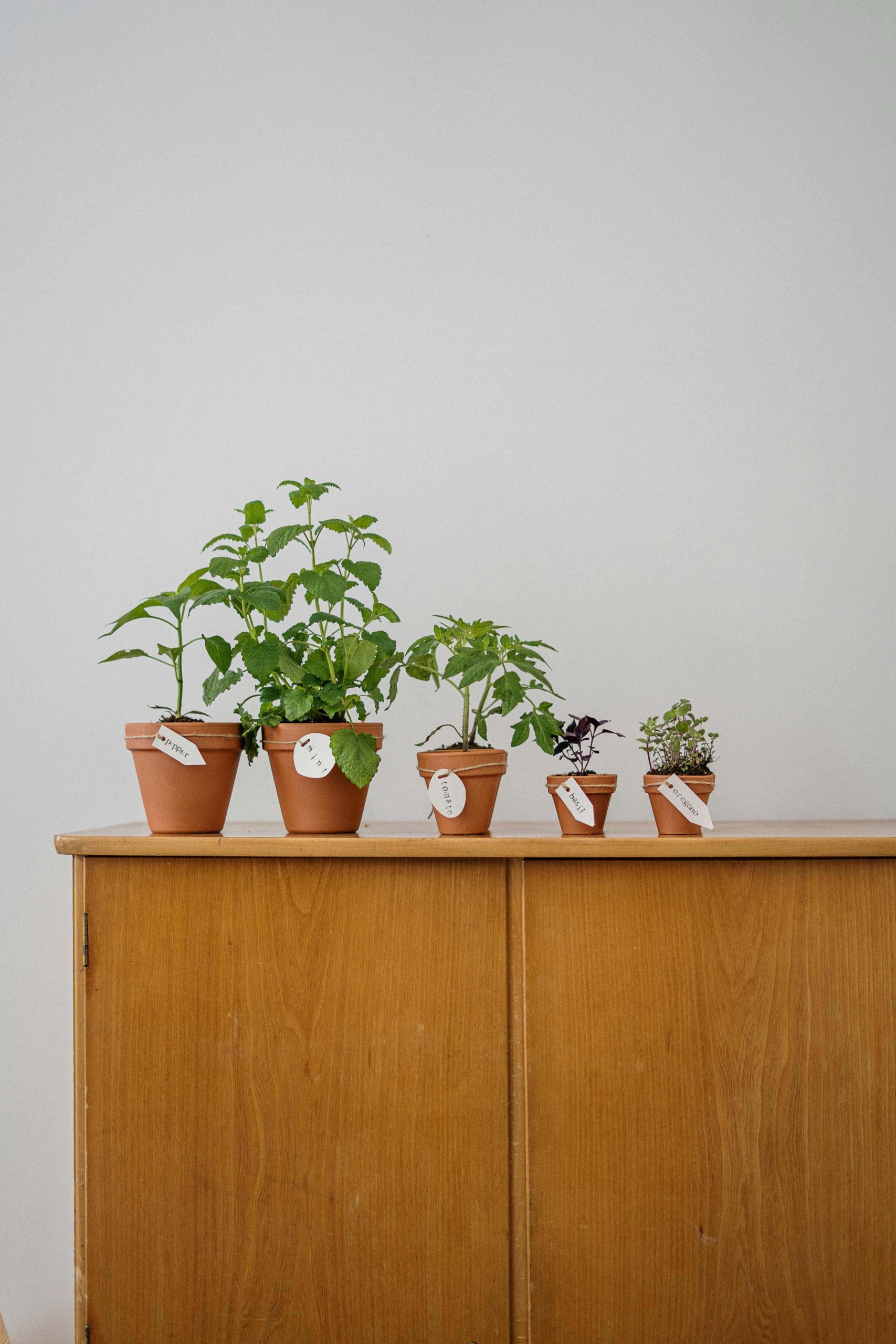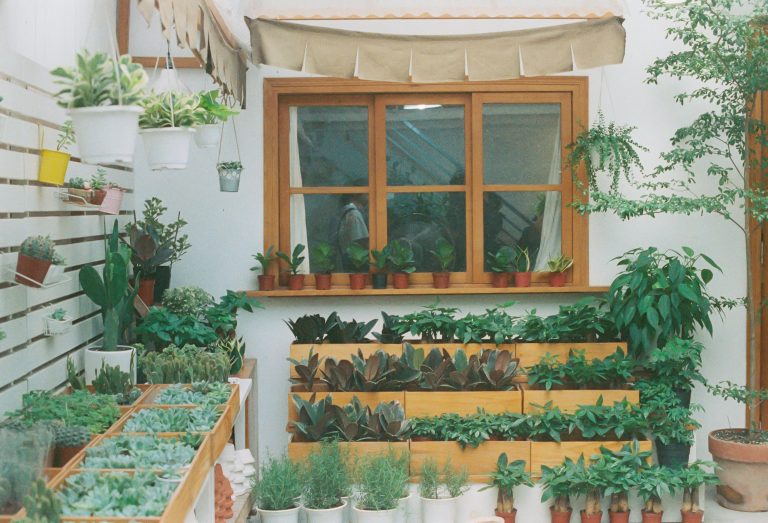Just because you don’t have a garden space outdoors doesn’t mean you can’t create your own spin on one indoors. And the best part? Starting with herbs is super easy, beginner-friendly and perfect for apartments or sunny kitchen windowsills. What a great way to elevate your everyday cooking! We’ve created an indoor herb gardening guide for beginners, so you don’t have to scour the internet.
Can I grow more than herbs?
Definitely, yes! Herbs are easy plants to start experimenting with. Once your indoor herb garden is thriving, it’s time to branch out. There are quite a few veggies and even fruits that grow surprisingly well indoors, especially if you have a sunny spot or a few pots to spare. Here are some great options to try next:
- Lettuce and spinach: Fast-growing and perfect for harvesting leaf by leaf
- Cherry tomatoes: Compact varieties do very well in pots near sunny windows
- Chillies and peppers: Love warmth and consistent light
- Radishes: Super quick and easy to grow, especially in small containers
- Spring onions: Regrow easily from kitchen scraps
- Strawberries: Thrive in pots or even hanging planters (their flowers are wonderful to look at, too)
- Microgreens: Grow in shallow trays. They’ll be ready to harvest in a week or two
Top tip: Start with one or two plants to see what works best with your light and space, and you’ll soon have a mini indoor kitchen garden beyond herbs.
The best herbs to start with
These are a few examples of easy, forgiving varieties suited to indoor conditions:
- Basil: loves warmth and sunlight
- Mint: grows fast, prefers indirect light
- Parsley: slow-growing but hardy
- Thyme: compact and great for small pots
- Chives: regrow quickly after harvesting
- Coriander: best in cooler spots indoors
Top tip: Start with two or three herbs to keep care manageable
What you’ll need
- Containers: ensure these have enough holes for sufficient drainage
- Soil: buy light, well-draining potting mix (not garden soil or compost)
- Light: pick a sunny spot or windowsill (ideally getting 4 to 6 hours of light daily) or invest in growing lights
- Watering system: The best (and budget-friendly) watering systems are a good old watering can or a spray bottle
- Fertiliser: Buy a good-quality organic liquid fertiliser to enrich pots every few weeks

Setting up your indoor garden
- Choose your sunny spot (windowsill, balcony, stoep corner, etc.)
- Fill pots with soil, leaving about 1/4 of space left at the top.
- Sow seeds or transplant seedlings.
- Water lightly and label each pot.
- Rotate pots weekly to encourage even growth.
Care and maintenance
- Watering: Keep soil moist but not soggy. Read up on each herb you’re growing to find its preferred watering schedule.
- Light: Move plants closer to a light source if they look leggy and thin.
- Trimming: Pinch off leaves regularly to encourage growth.
- Feeding: Fertilise lightly every two to four weeks.
- Pest check: Keep an eye out for tiny bugs, like aphids, or mould, and trim or treat affected areas.
Top tip: Herbs like basil and mint benefit from regular harvesting, it keeps them producing fresh leaves.
Brief troubleshooting guide
- Yellowing leaves: Likely due to overwatering. Let the soil dry out before watering again.
- Leggy, weak stems: Likely due to not enough light. Move closer to a sunny window or add a grow light.
- No new growth: Likely due to not harvesting enough. Pinch off leaves to encourage branching.
- Seeds not germinating: Likely due to underwatering or not enough heat. Use a spray bottle to keep the soil moist, and ensure the pots get a good amount of warmth and light.
Growing herbs indoors doesn’t require a green thumb or years of experience – just a little attention and light. With a few thriving pots, you will be able to enjoy fresh flavour and greenery all year round!

